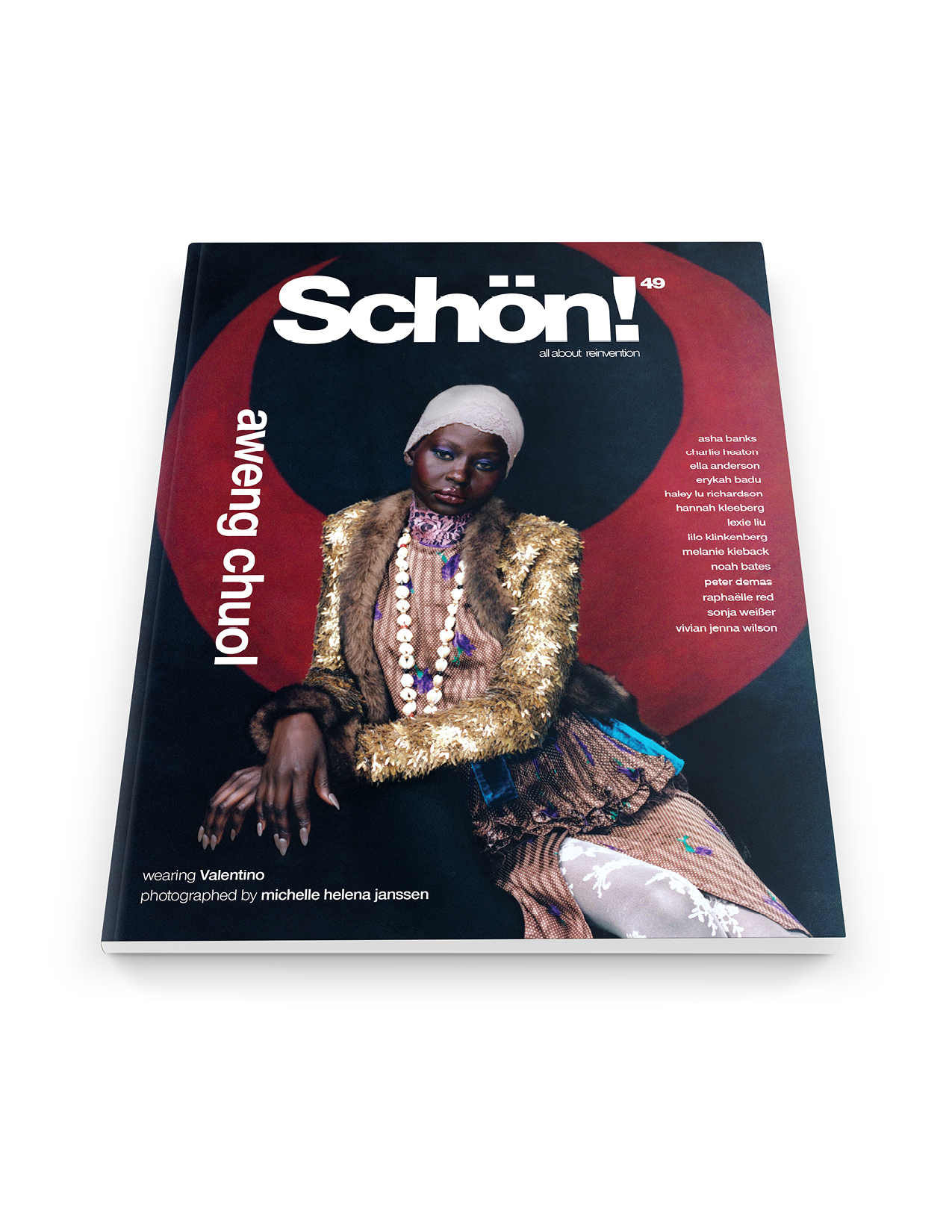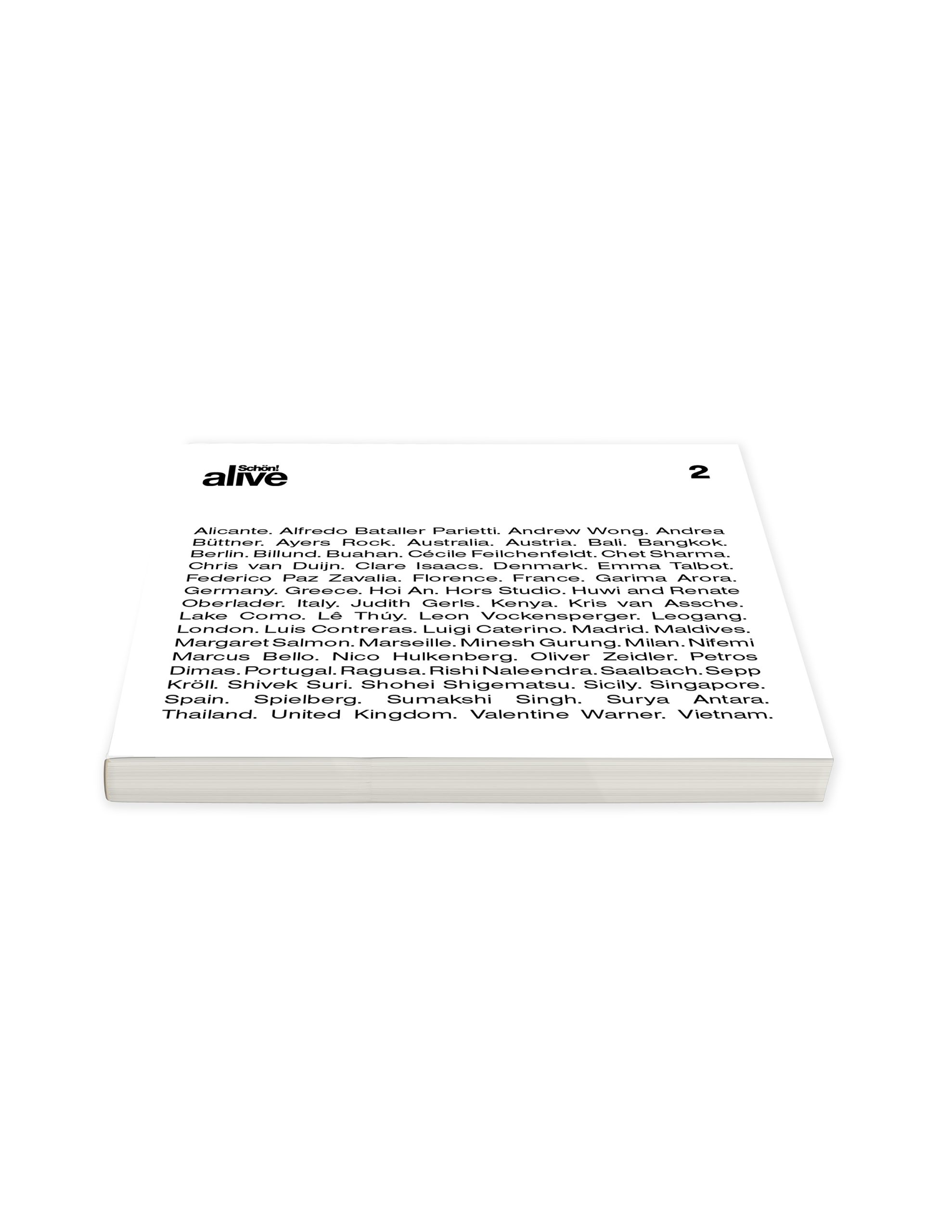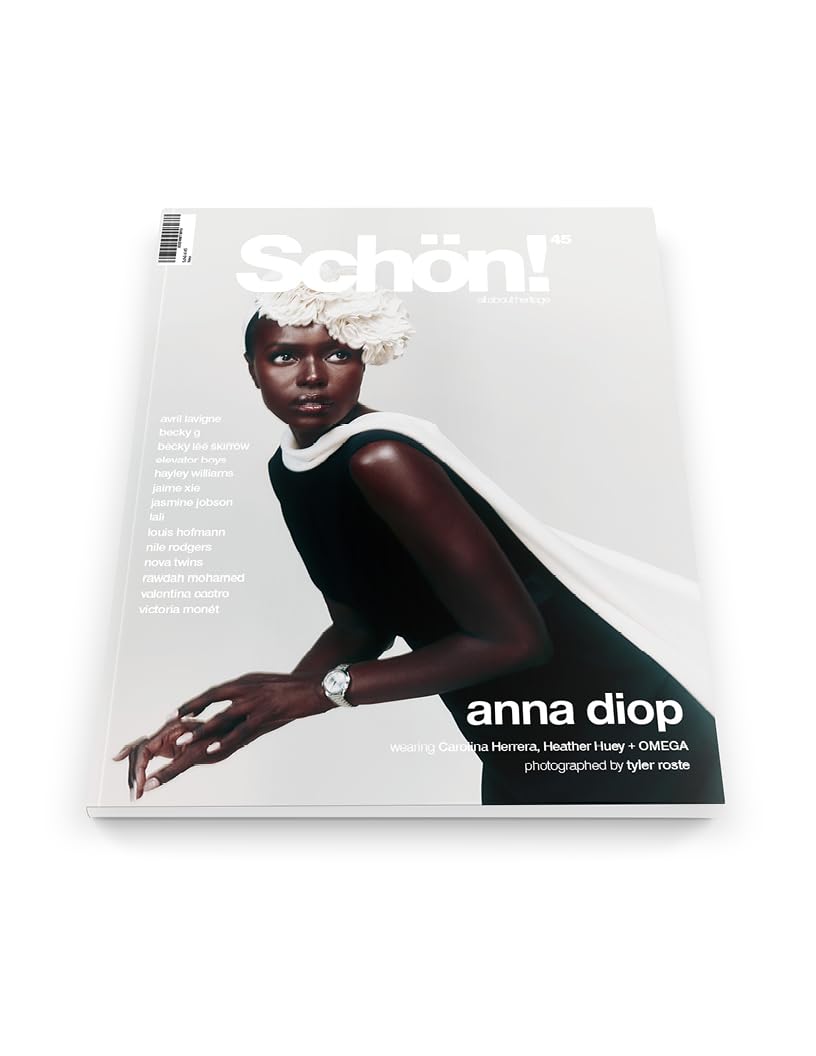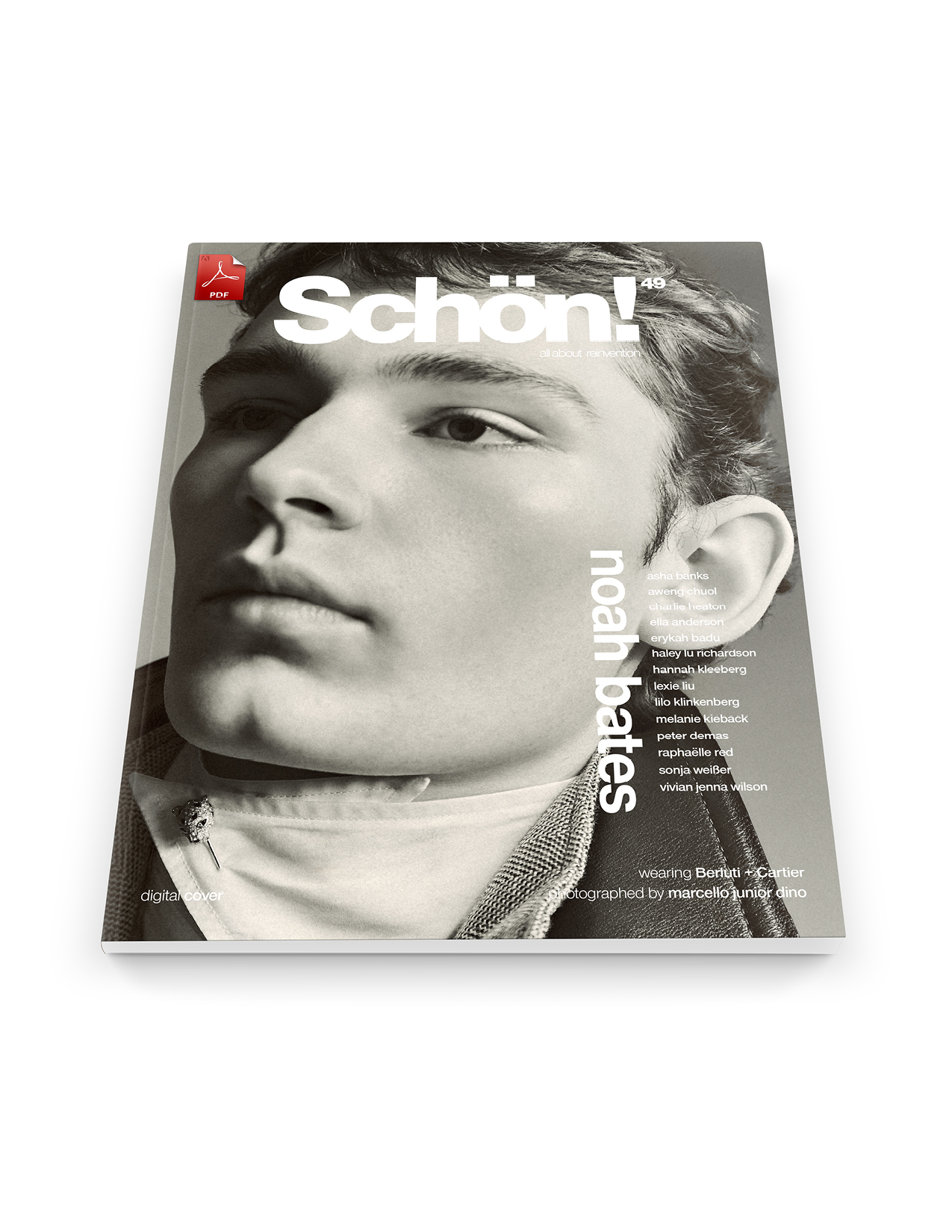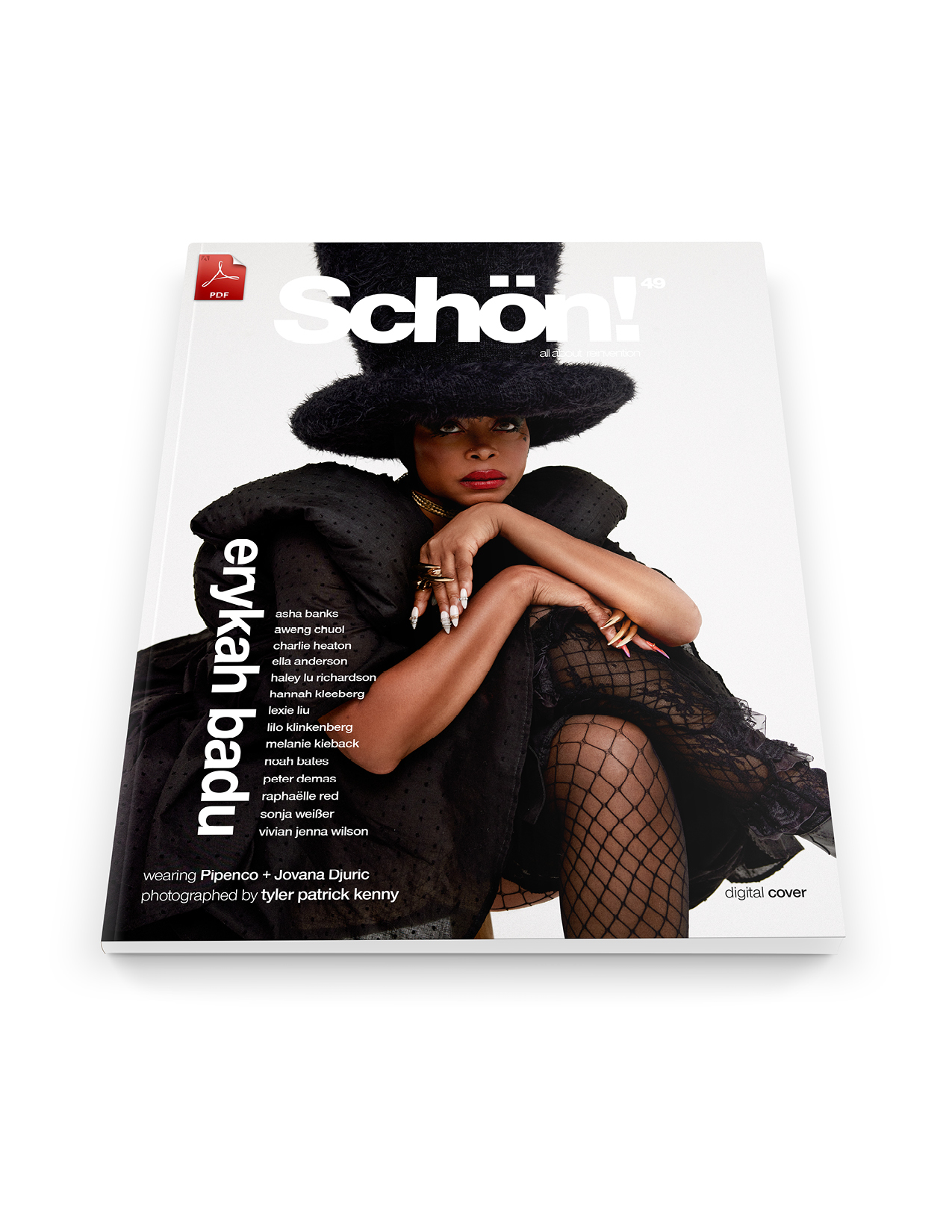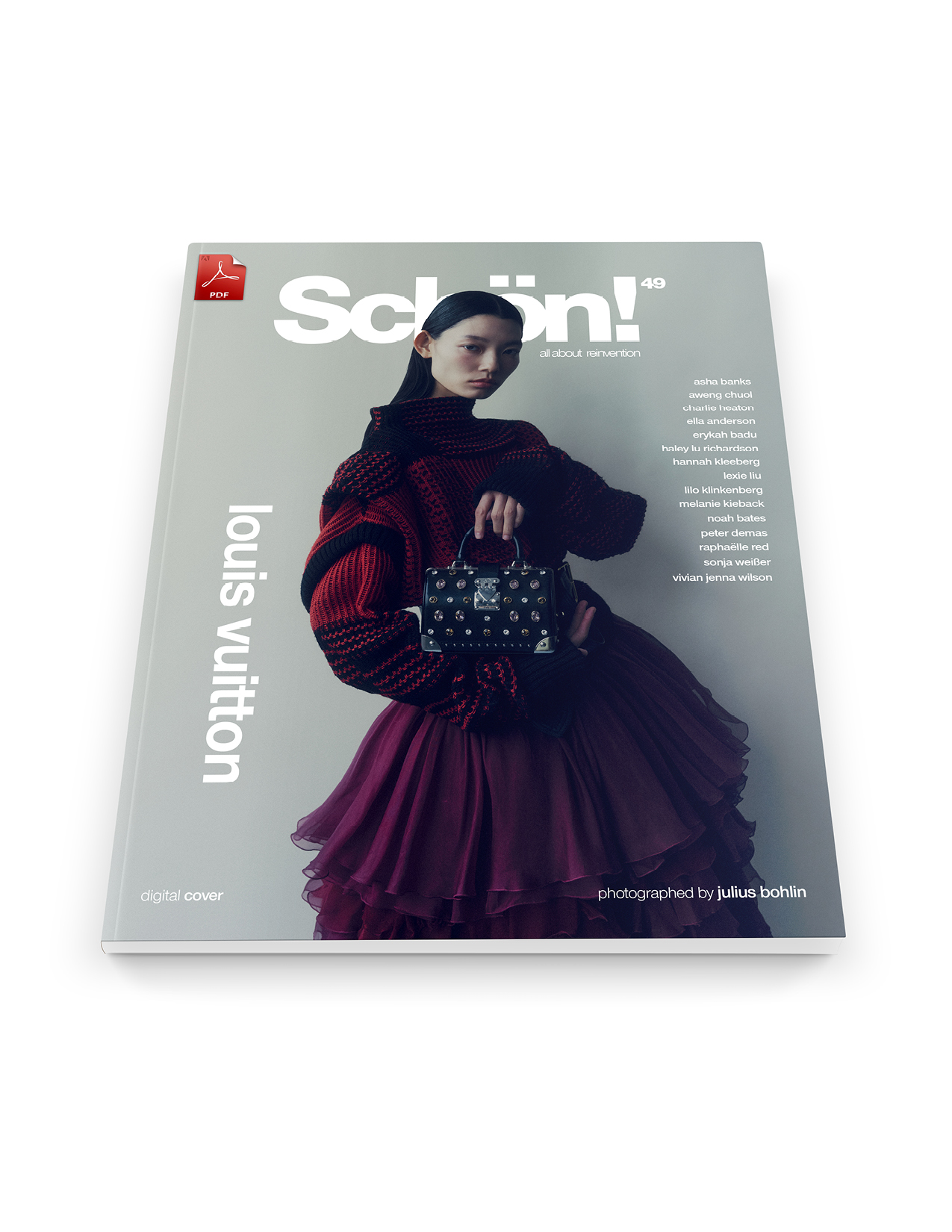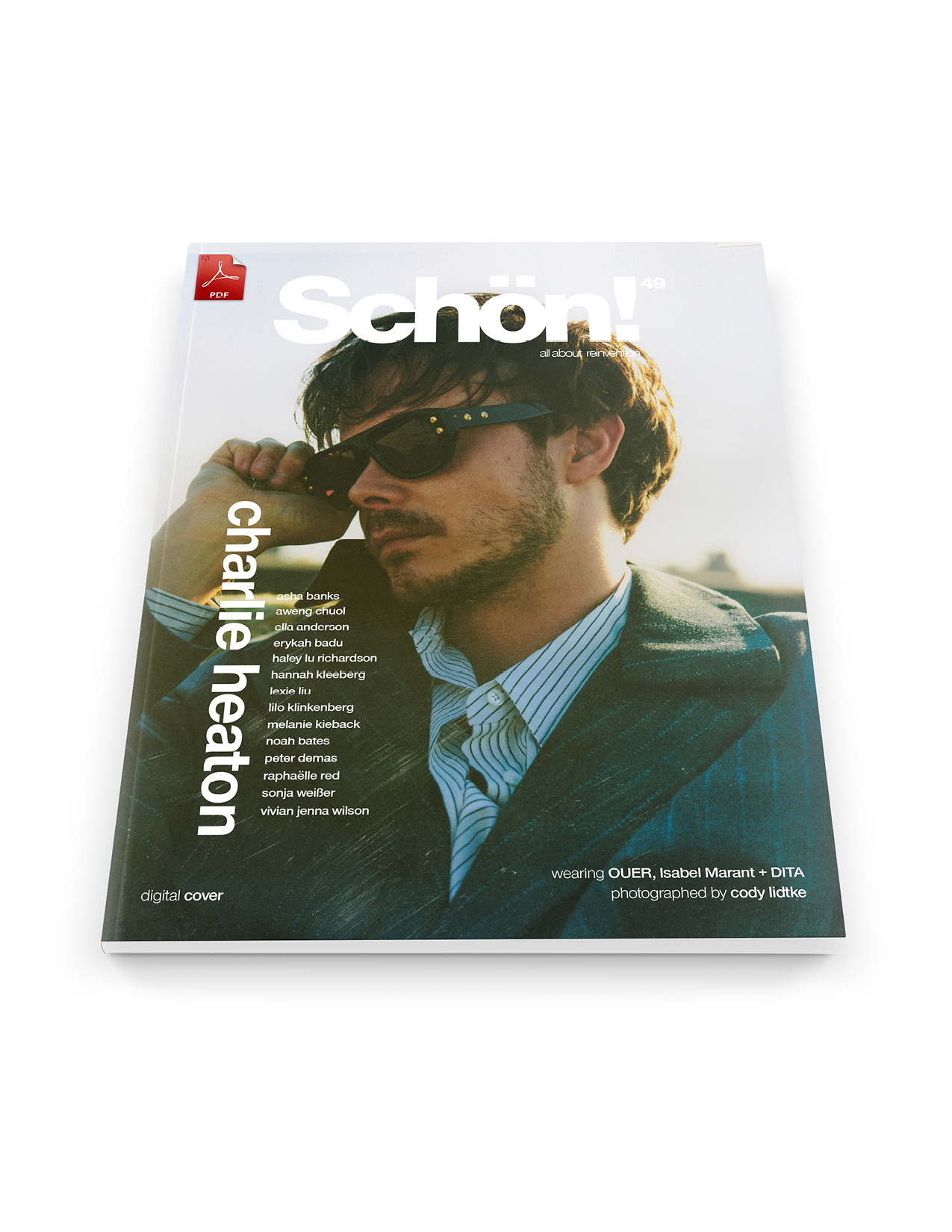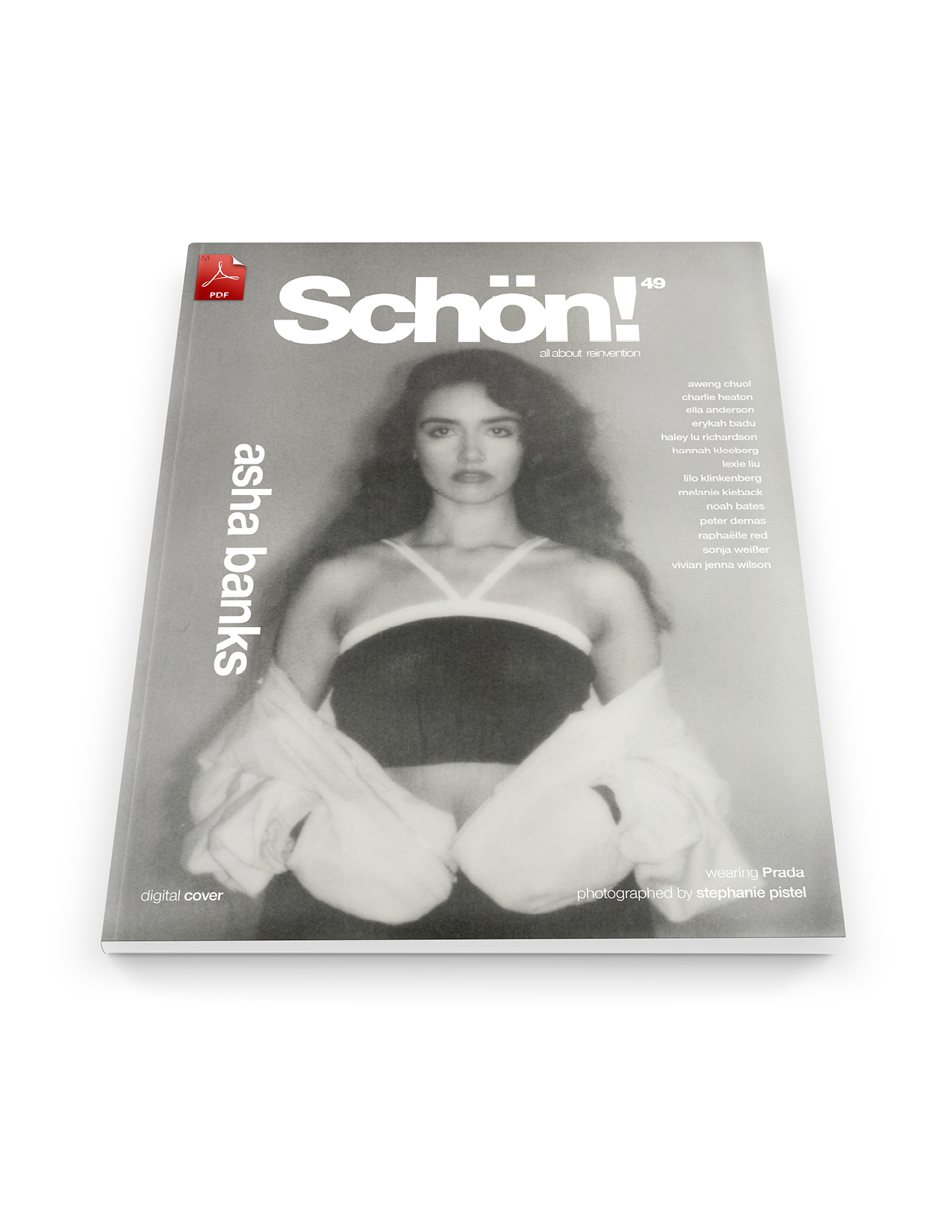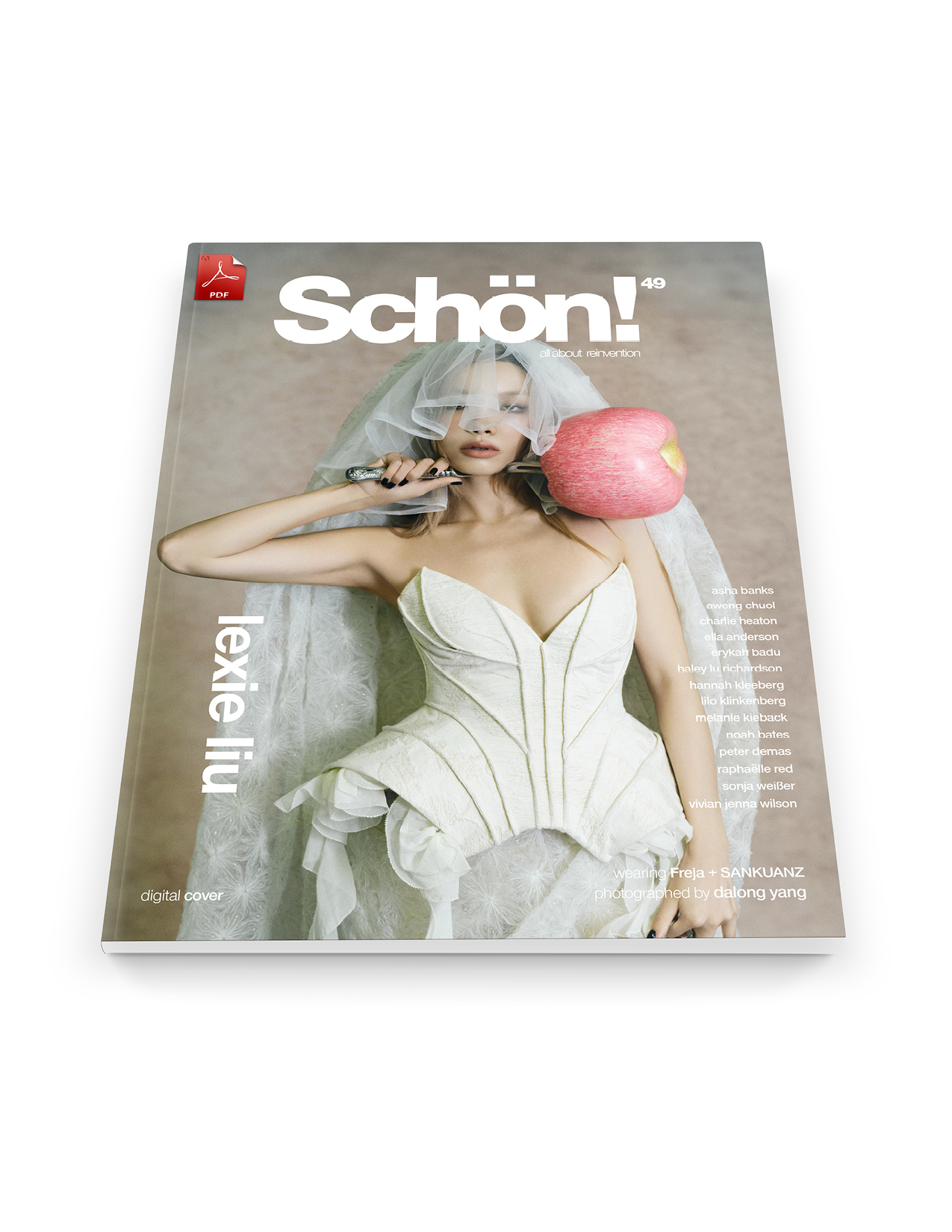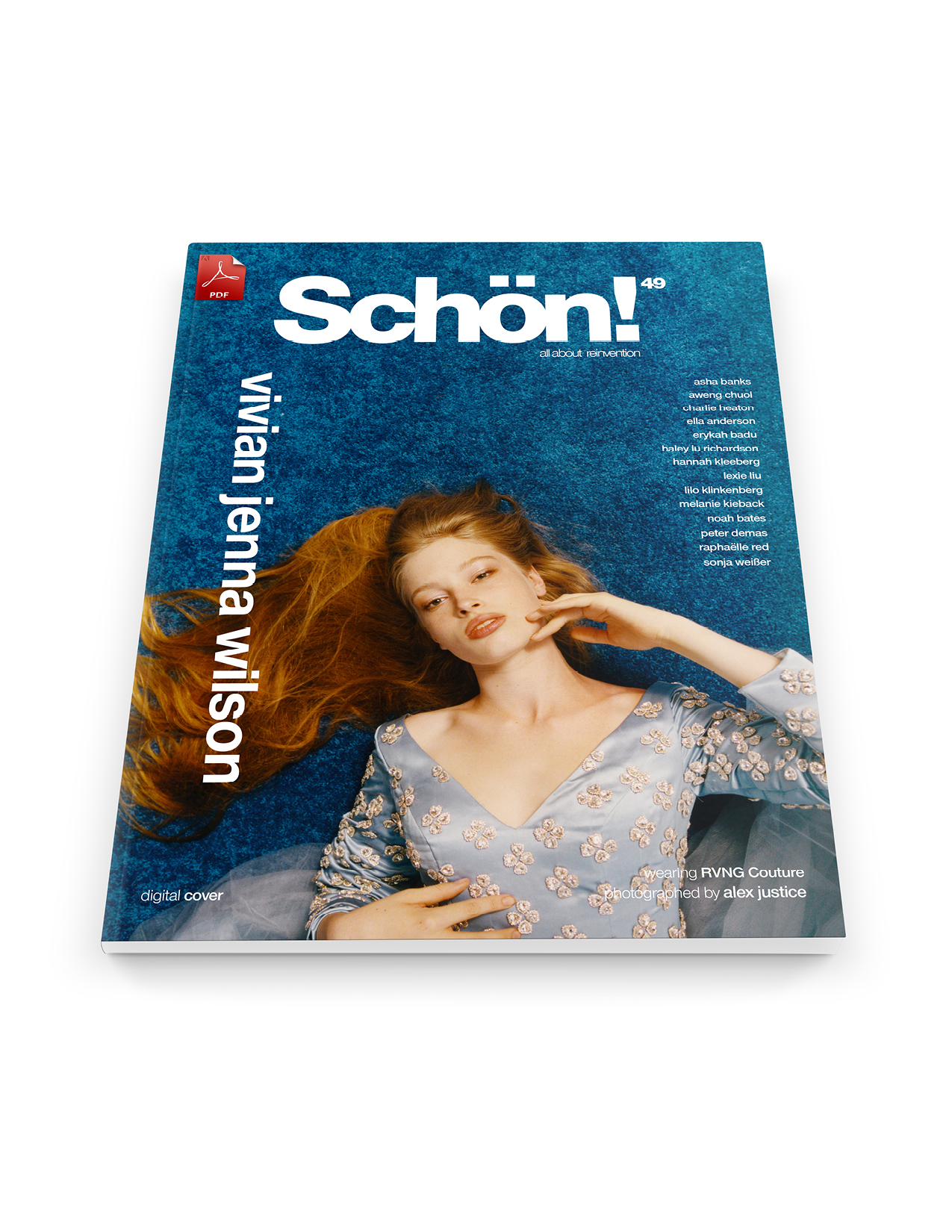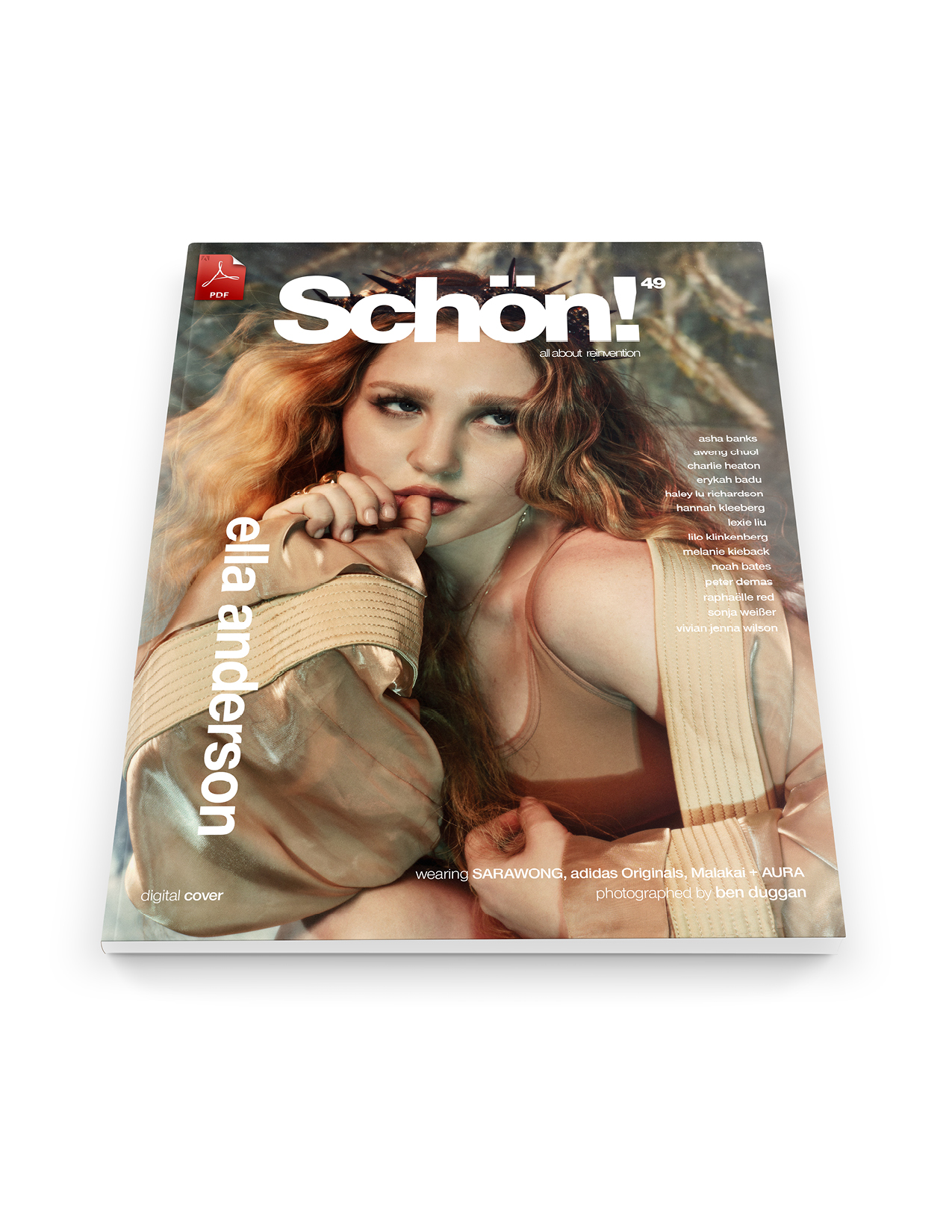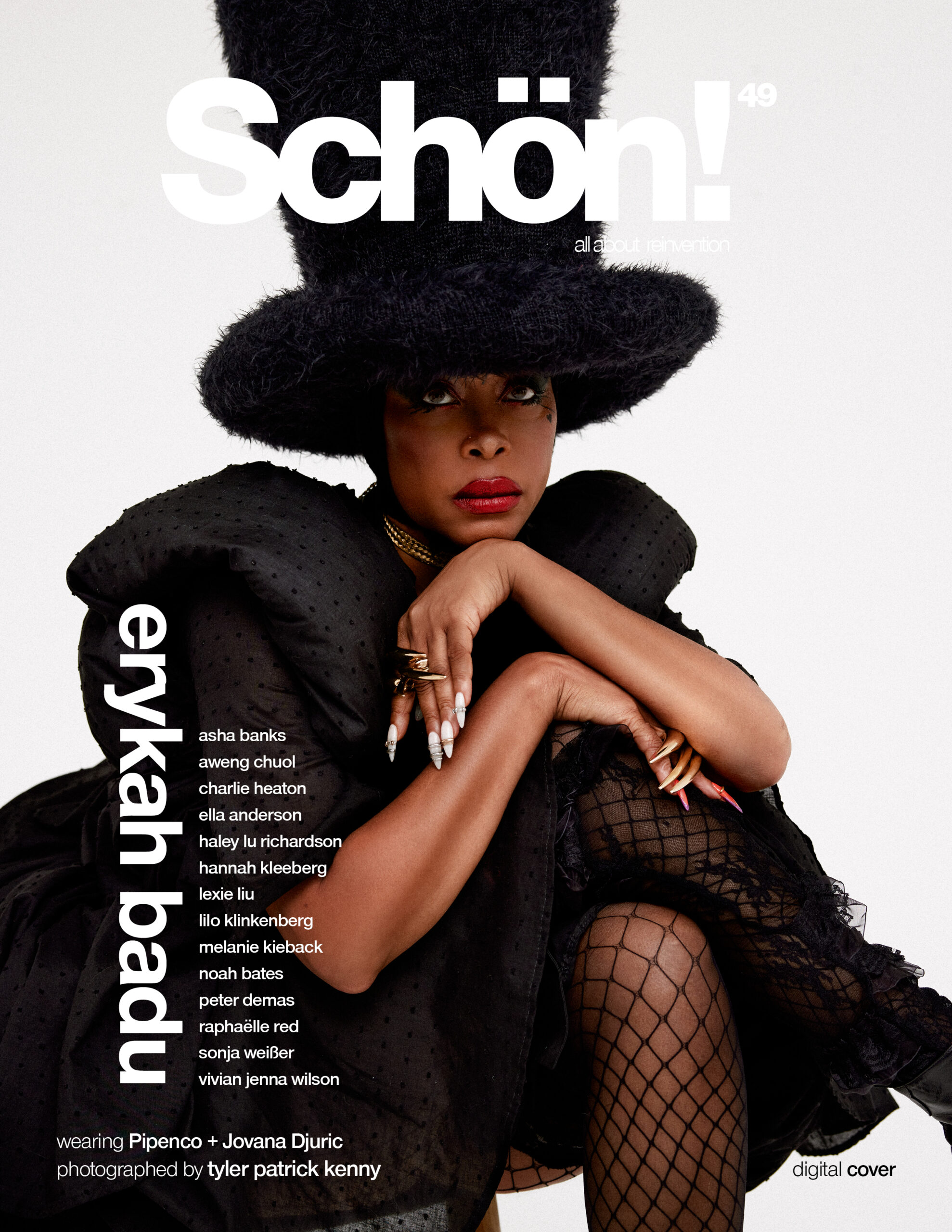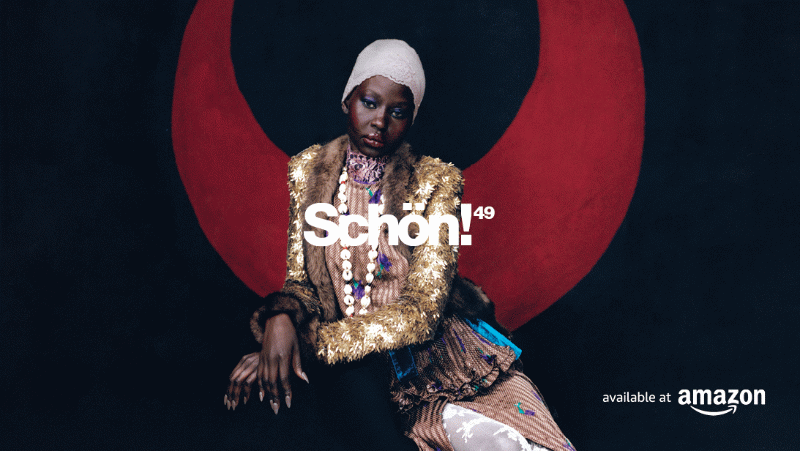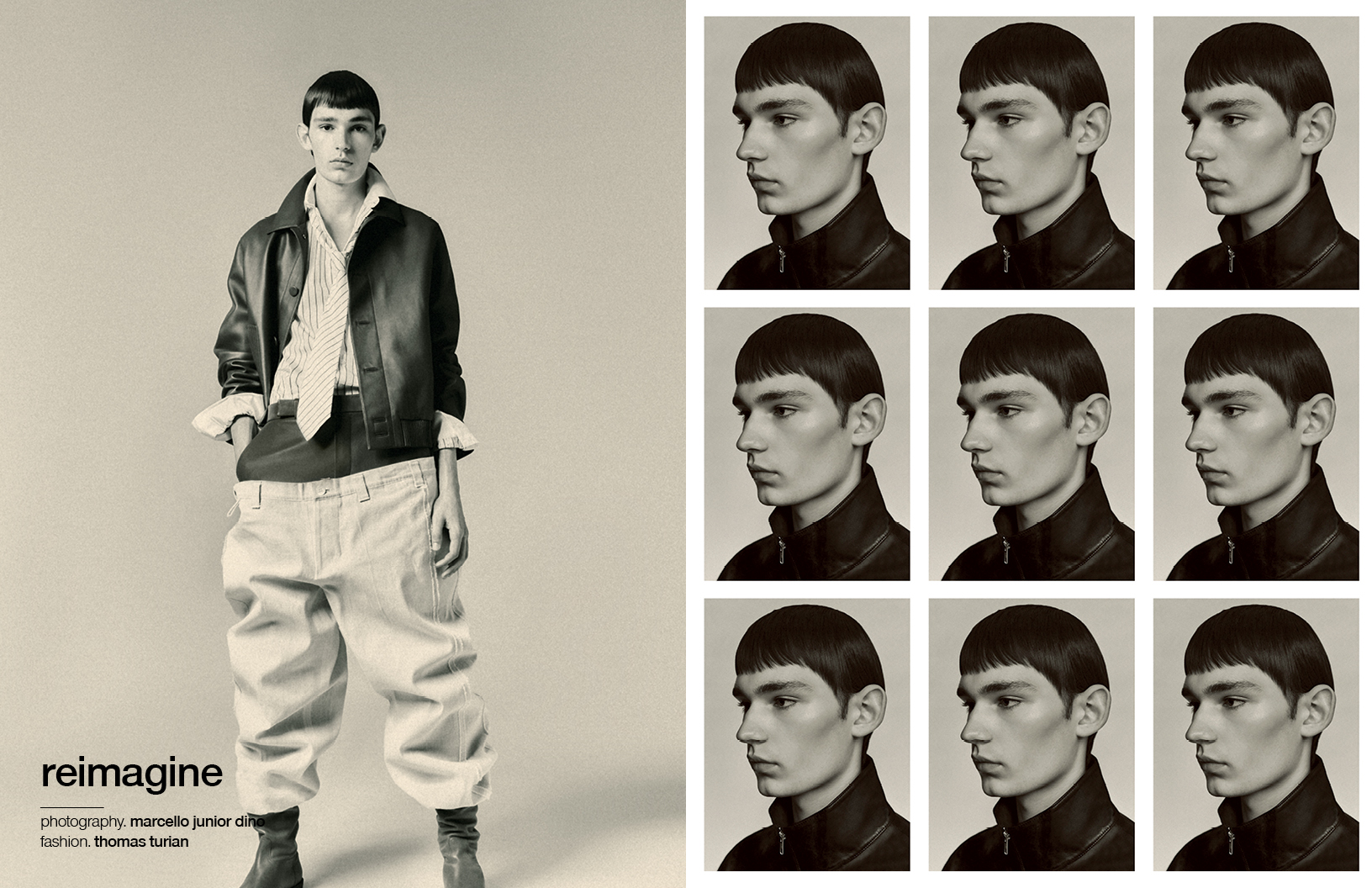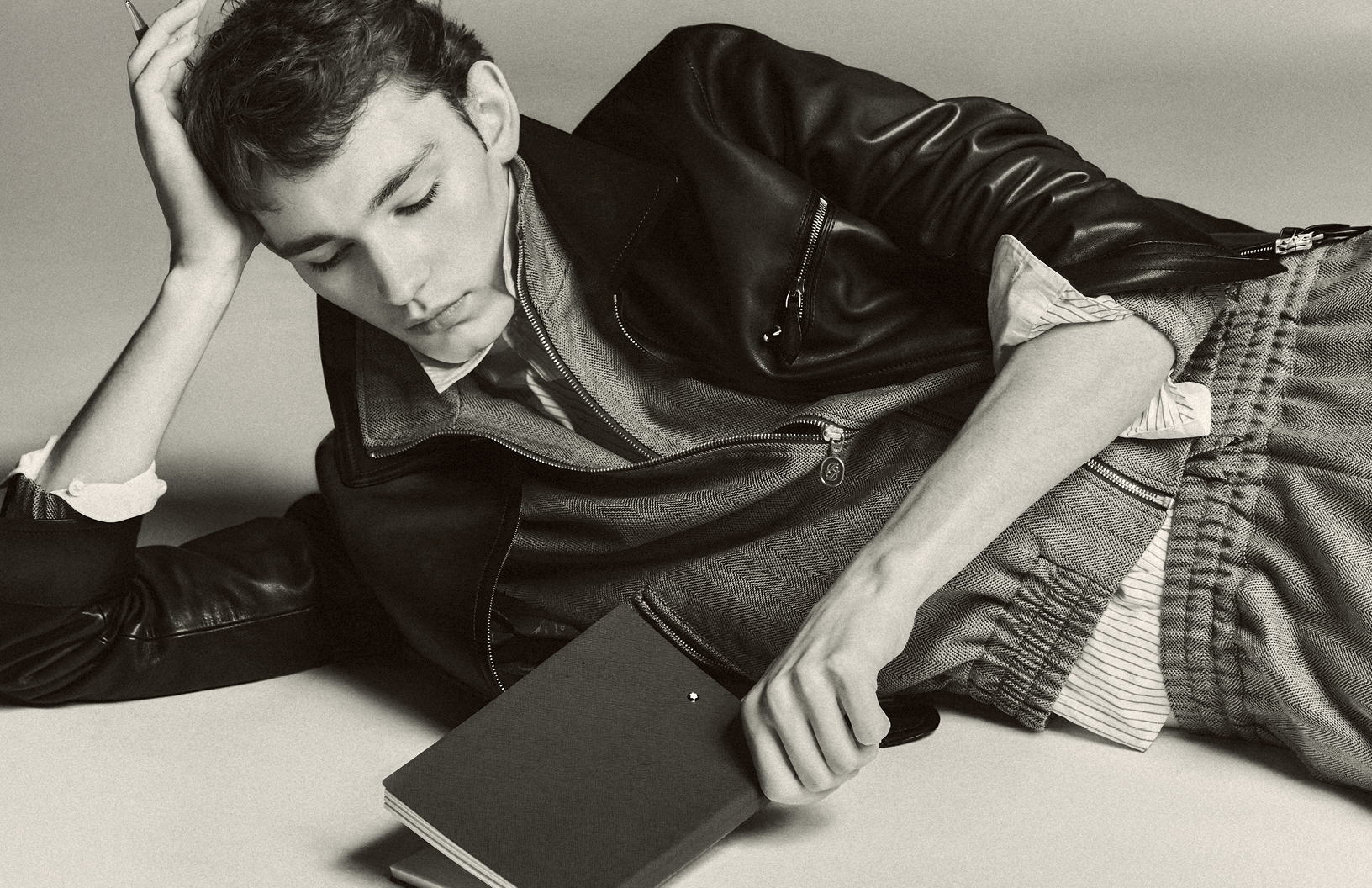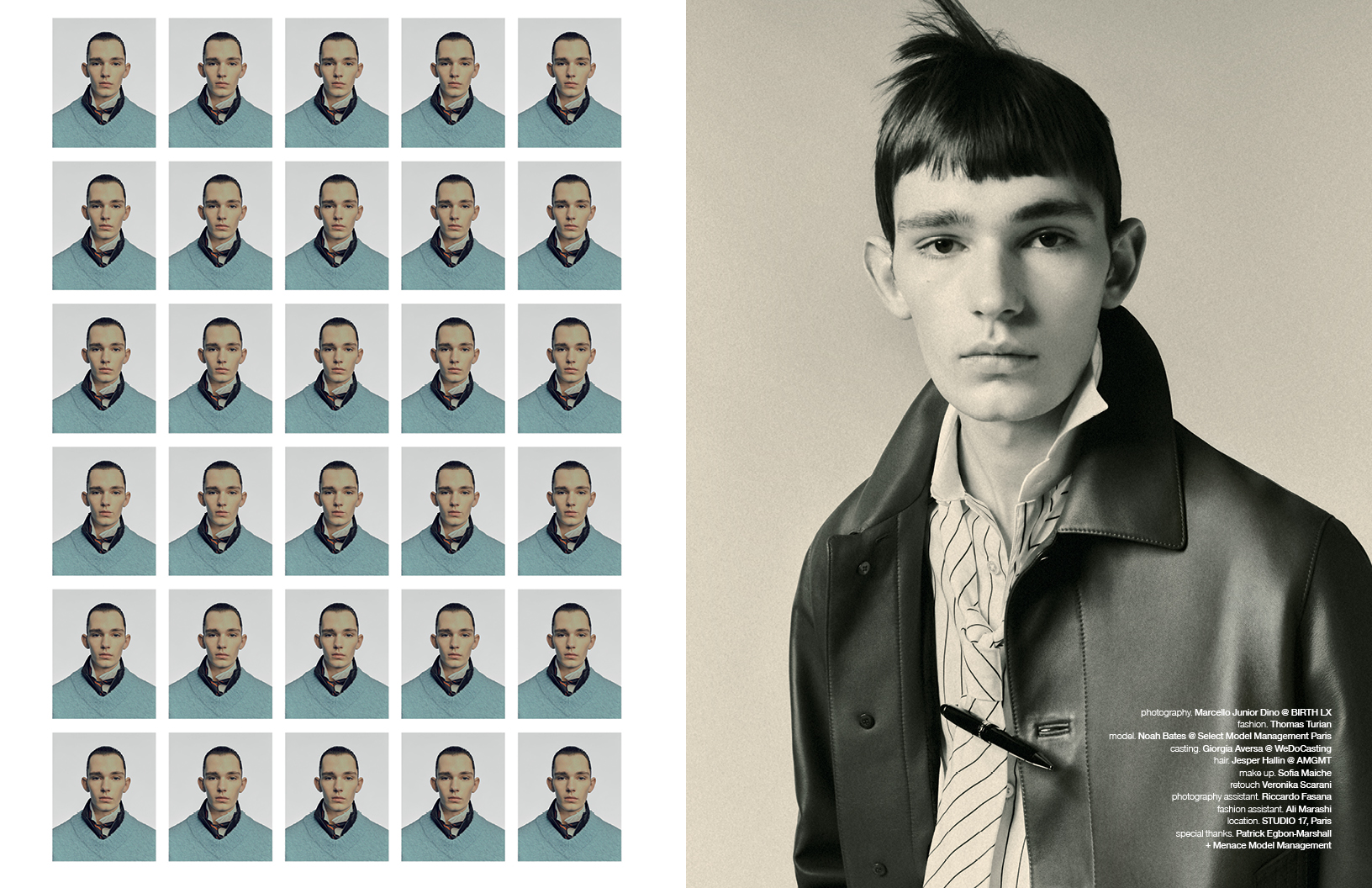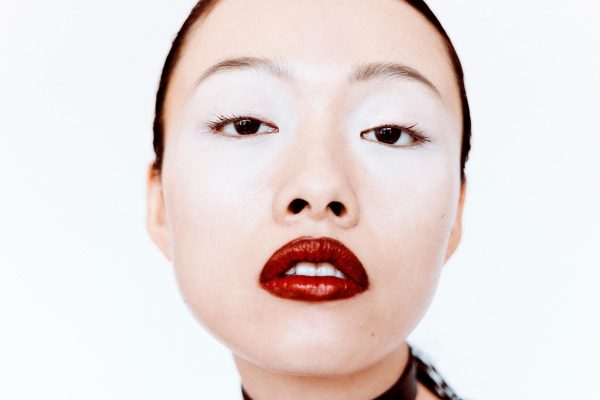
Take a trip into the wild with model Joe K in this Schön! online editorial photographed by DEID with fashion by Khaliah Jones , hair and make up by Stefania Andrades.

top. Maison Margiela
skirt. Isabel Marant Etoile
opposite
top. Maison Margiela
skirt. Isabel Marant Etoile
shoes. Camper

dress. Victor von Schwarz
bikini. Mans Concept
opposite
dress. Victor von Schwarz
bikini. Mans Concept

dress. Sandro
hat. Pardo Hats
opposite
dress. Sandro
hat. Pardo Hats

dress. Sandro
hat. Pardo Hats
opposite
dress. Sandro
hat. Pardo Hats

dress. Sandro
hat. Pardo Hats

bikini. Victor von Schwarz
opposite
bikini. Victor von Schwarz


top. Alberta Ferreti
bathing suit top. Victor von Schwarz
shorts. Pinko

top. Alberta Ferreti
bathing suit top. Victor von Schwarz
shorts. Pinko
shoes. Camper

full look. Etro

full look. Etro

full look. Etro

jacket. Fred Perry
knit. Rubearth
skirt + hat. Evade House
boots. Ganni
opposite
jacket. Fred Perry
knit. Rubearth
hat. Evade House

jacket. Fred Perry
knit. Rubearth
skirt + hat. Evade House
boots. Ganni

blazer. Rubearth
sweater. Tommy Hilfiger
skirt. Bimba Y Lola
boots. CamperLab
sweater as scarf. Lebor Gabala
plaid scarf. Victor von Schwarz
belt. Blumarine


blazer. Rubearth
sweater. Tommy Hilfiger
skirt. Bimba Y Lola
boots. CamperLab
sweater as scarf. Lebor Gabala
plaid scarf. Victor von Schwarz
belt. Blumarine


faux fur coat. Bimba Y Lola
wool coat. American Vintage
sweater. Waste yarn project
sweaters. Lebor Gabala (turquoise), Tommy Hilfiger(white)
skirt 1. Diane von Furstenburg
skirt 2 (knit). Etro
boots + bag. Hogan
scarf. Acne Studios

faux fur coat. Bimba Y Lola
wool coat. American Vintage
sweater. Waste yarn project
sweaters. Lebor Gabala (turquoise), Tommy Hilfiger(white)
skirt 1. Diane von Furstenburg
skirt 2 (knit). Etro
boots + bag. Hogan
scarf. Acne Studios

faux fur coat. Bimba Y Lola
wool coat. American Vintage
sweater. Waste yarn project
sweaters. Lebor Gabala (turquoise), Tommy Hilfiger(white)
skirt 1. Diane von Furstenburg
skirt 2 (knit). Etro
bag. Hogan
scarf. Acne Studios
This Schön! online editorial has been produced by
photography. DEID
fashion. Khaliah Jones
model. Joe K @ Generation Models
hair + make up. Stefania Andrades
dop + filmmaking. Ángel Ruiz
set design. Cisca Siquot
production. Barrio Productions
producer. Noemi Bogya
produ aux. Andrea Sancho
photography assistant. Stan Ralko
fashion assistant. Anais Moreno
location. La casa de la masia






